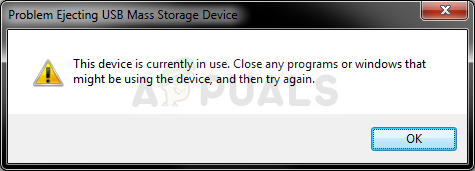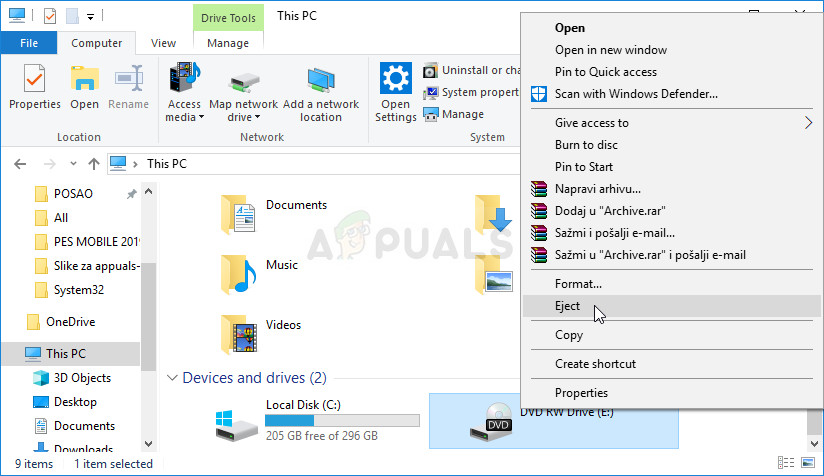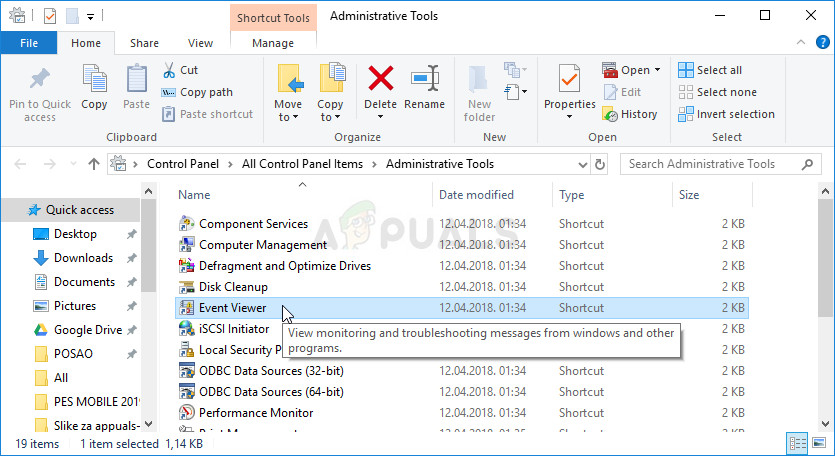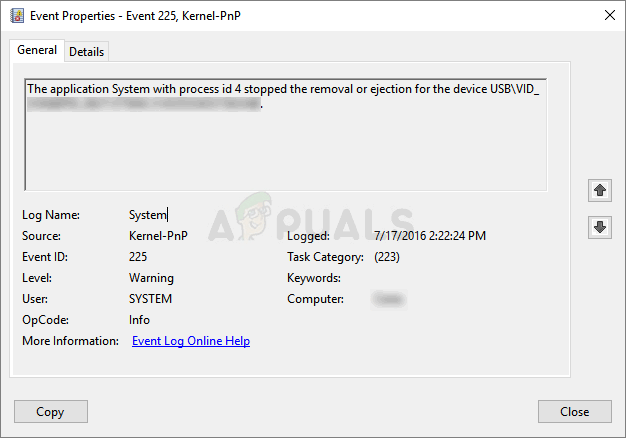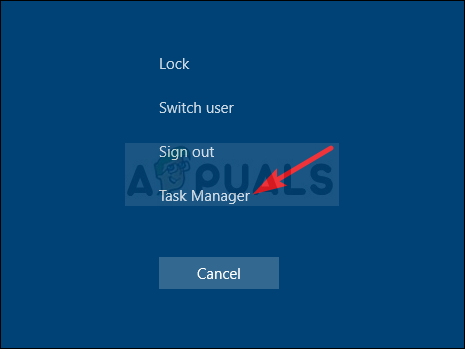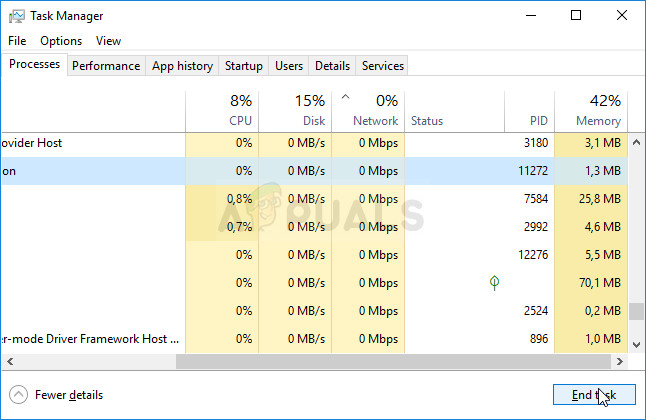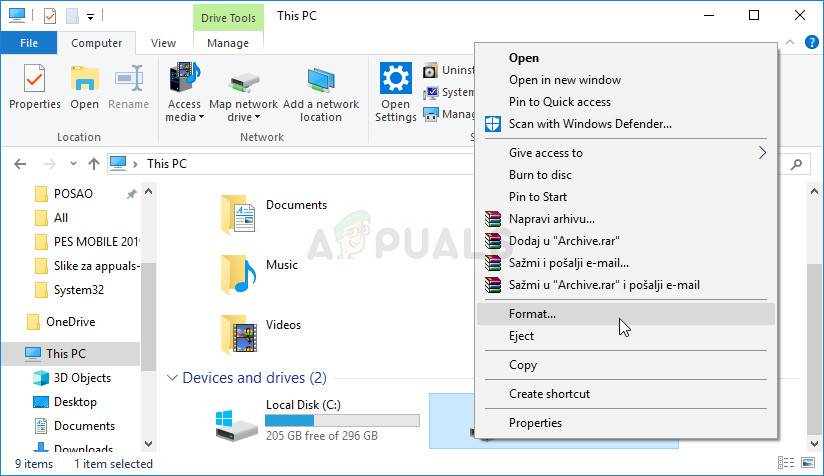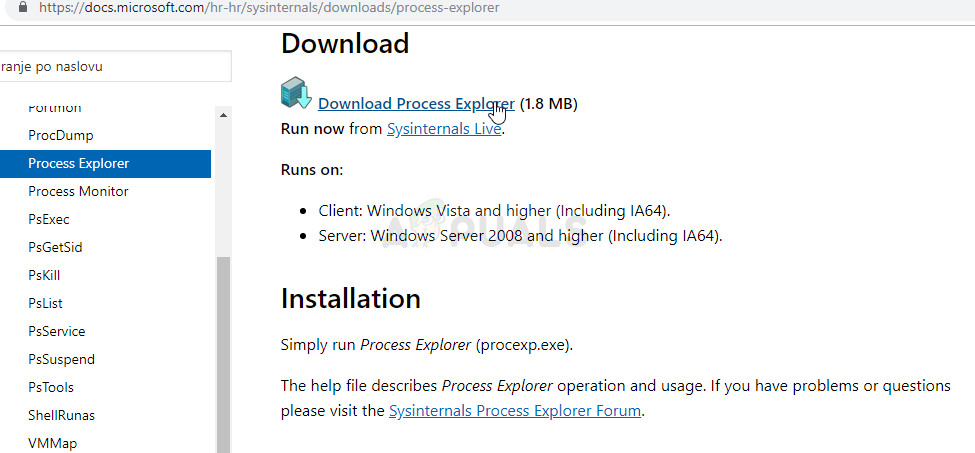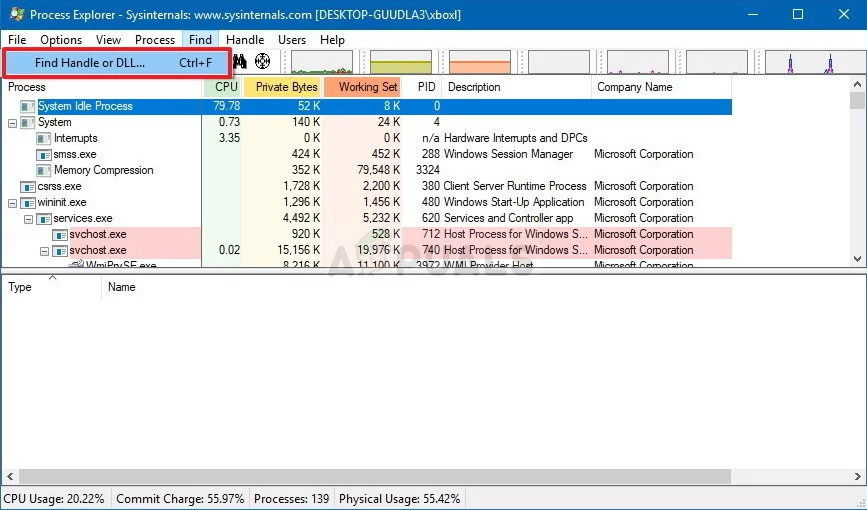This device is currently in use. Close any programs or windows that might be using the device, and then try again. The error message appears to be quite self-explanatory but users have reported that even closing everything properly doesn’t prevent the error from appearing; long after the device has ceased to be used. Still, there are useful methods which can be used to resolve this problem and we have prepared them for you below.
What Causes the “This Device is currently in Use” Error?
The list of causes for this error is short but it properly explains just how the error can come to be and how it can be resolved based on that knowledge:
Solution 1: Use This PC to Eject the Drive
Even though these two methods should be exactly the same, ejecting the drive by opening This PC and locating the drive inside has actually worked for plenty of users. When using the option to safely eject the drive which can be located from the taskbar, the error appears but you can circumvent this by following the instructions below.
Solution 2: Use Event Viewer to Find out which Process is Problematic
As the error message suggests, there might be a program or a process that may be using data from the drive without your knowledge or without a visible window being preset on your screen. This process is impossible to track via Task Manager but you can use Event Viewer to check for the error message and locate the ID of the process which is triggering the error message. The application System with process id xxx stopped the removal or ejection for the device…
Solution 3: Format the Drive as exFAT (USB Drives)
Sometimes this problem can appear with USB removable drives which have been formatted as NTFS. This can cause the drive to be locked by the Windows Transactional NTFS feature which wrongly treats NTFS drives as non-removable ones no matter if they really are removable or not. A solution is to either format the drive as FAT32 or exFAT. FAT32 doesn’t support storing files larger than 4GB so exFAT should be the way to go!
Solution 4: Use Process Explorer
Using Process Explorer is a sort of an easier way of performing the Solution 2 without the need of Event Viewer. This tool is available for free and it’s available as an official Microsoft program. The tool is used to show which handles, DLLs, and files the processes on your computer have opened.
USB 2.0 vs USB 3.0 vs USB 3.1: Which should you Have and Why?Fix: Your Location is Currently in Use Windows 10An audio stream is currently in use? Here’s How to FixFix: USB Composite Device can’t work properly with USB 3.0
